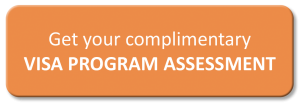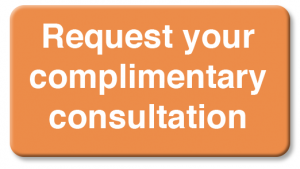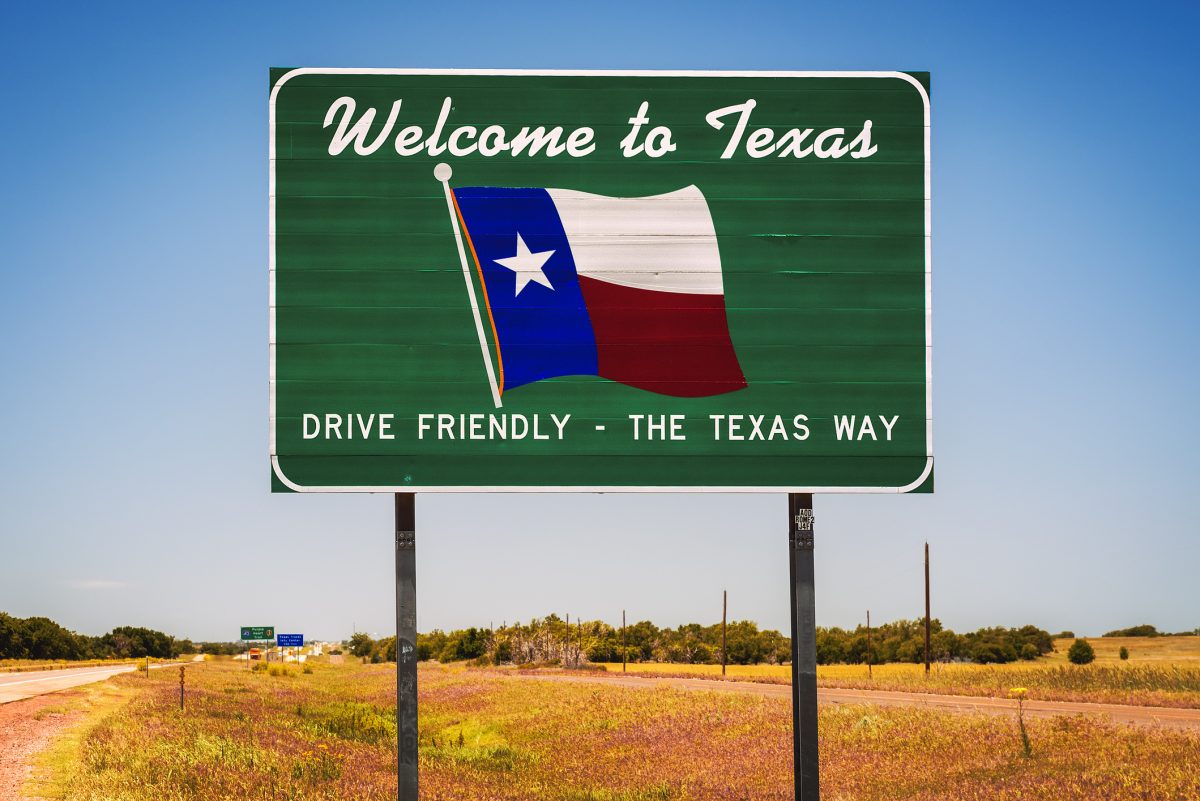One of many employer challenges with respect to the COVID-19 pandemic is finding resources to help them determine how employees can return safely to workplaces. Understanding how the disease is transmitted is daunting, as scientific inquiries may show differing results or may change over time. As a result, concrete knowledge on surface transmission is hard to come by. For example, on May 20, the Centers for Disease Control and Prevention (CDC) published an update to their website that notes the virus does not spread easily from contaminated surfaces or objects. Prior to May 20, the CDC said it may be possible to spread the virus through contaminated surfaces.
What are the Agencies that Oversee Safety in the Workplace?
Employers are aware of several requirements to ensure safety in the workplace and on the job. In the United States there are several agencies that oversee a variety of workplace and job-specific laws and regulations. A few of these agencies that may provide guidance for employees to return safely to workplaces include:
CDC
National Institute for Occupational Safety and Health (NIOSH) is a federal agency that conducts research and develops recommendations to prevent injuries and illnesses that may arise from work. The CDC is the parent organization that oversees NIOSH.
U.S. Department of Labor
Three U.S. Department of Labor (DOL) agencies are responsible for administering and enforcing laws in place to protect worker’s health and safety:
Occupational Safety and Health Administration (OSHA) is a federal agency that ensures safe and healthful working conditions through administration and enforcement of the Occupational Safety and Health (OSH) Act of 1970.
Mine Safety and Health Administration (MSHA) is responsible for overseeing administration and enforcement of the Federal Mine Safety and Health Act of 1977.
Wage and Hour Division (WHD) administers and enforces laws related to the Fair Labor Standards Act.
States
State Plans are OSHA-approved and apply to a specific U.S. state or territory. These programs focus on workplace safety and health. There are 22 State Plans that cover both the private sector and government workers. There are also 6 State Plans that cover only government workers.
For example, the state of Arizona operates a State Plan that covers most private sectors workers and all government workers through the Arizona Division of Occupational Safety and Health (ADOSH). The Industrial Commission of Arizona is the parent organization that oversees ADOSH.
What Does Return Safely to Workplaces Mean for Employers?
Returning employees to workplaces may have broad implications for employers depending on their specific situation. Some employers may need to reconfigure workplaces, while others may need to supply protective equipment. The research surrounding COVID-19 continues to provide new information, but some basic information is now somewhat established. As a result, a few organizations are taking what is known about the disease and are publishing guidelines. These guidelines serve as a resource for employers as they endeavor to help employees return safely to workplaces.
Resources to Help Employees Return Safely to Workplaces
CDC, Federal Emergency Management Agency (FEMA), and The White House have jointly created a resource for the nation, “coronavirus.gov.” This online portal includes information and links to some of the latest information on topics related to COVID-19.
NIOSH has published several topics related to workplace safety and COVID-19, including information sheets, industry-specific resources, and factsheets.
DOL Resources
DOL has created a reference page of coronavirus resources that cover many topics administrated by its several agencies including how to return safely to workplaces. These topics cover issues relating to:
- Workplace Safety
- Wages, Hours, and Leave
- Unemployment Insurance Flexibilities
- Support for Dislocated Workers and States (workers laid off as a result of COVID-19)
- Job Corps Students
- Injured Federal Workers
- Federal Contractors
- Foreign Labor Certification
- Flexibilities for Mine Operators
- Supporting Workforce Needs in the Agricultural Sector
- News and General Resources
OSHA has published guidance on preparing workplaces to address COVID-19 issues. OSHA has also created a website designed specifically to provide timely information for workers and employers about the pandemic and its effects on workplaces. Various employment issues, and how to return safely to workplaces.
MHSA has published an information sheet online to address questions surrounding mine operators, workers, and COVID-19.
WHD has issued several Fact Sheets, Questions/Answers, Posters, and other resources to help workers and employers understand how they will benefit from the Families First Coronavirus Response Act (FFCRA). FFCRA also includes:
- Emergency Paid Sick Leave Act
- Emergency Family and Medical Leave Expansion Act
Many U.S. states have also issued guidelines under their State Plans.
Human Resource Service Companies and Organizations Promote Initiatives to Return Safely to Workplaces
Several leading human resources services companies have created a “Safely Back to Work” initiative. This alliance will let the companies collaborate on initiatives. As a result, this will help employers as they work with employees to return safely to workplaces. Randstad N.V. published an open letter inviting other organizations to join this alliance. The alliance has published a white paper, “Safely back to work in the new normal” that presents a disciplined approach to work during the COVID-19 pandemic. The white paper includes a process to develop protocols, controls, and preventive measures across countries and industries.
While a COVID vaccine is in development, there are currently vaccines for other diseases that impact the workplace, such as influenza. HelpAdvisor.com has published a flu vaccine resource guide, and MedicareAdvantage.com provides general seasonal health information for seniors. Information about influenza and other communicable diseases should be shared with employees.
What Should Employers do?
Employers should consider a thorough approach to working with employees to return safely to workplaces. They should research available resources to identify what will work best for their specific situation. Employers should work with a Relocation Management Company (RMC) that has experience with corporate relocations and individual employee moves. RMCs with knowledge and experience can help employers understand how to identify valuable resources and specific workplace issues they should address as they develop appropriate plans.
Conclusion
Global Mobility Solutions’ team of corporate relocation experts has helped thousands of our clients understand how to arrange for group moves of offices, employees, and equipment. Our team can help your company understand how identify and address all of the aspects involved in helping employees return safely to workplaces.
GMS was the first relocation company to register as a .com. The company also created the first online interactive tools and calculators, and revolutionized the entire relocation industry. GMS continues to set the industry pace as the pioneer in innovation and technology solutions with its proprietary MyRelocation® technology platform.
Learn best practices from Global Mobility Solutions. GMS relocation industry and technology experts are dedicated to keeping you informed and connected. Contact our experts online to discuss your company’s interest in learning how to help employees return safely to workplaces, or give us a call at 800.617.1904 or 480.922.0700 today.
We're Here to Help! Request a Courtesy Consultation
Are you ready to talk to a Mobility Pro? Learn how GMS can optimize your mobility program, enhance your policies to meet today’s unique challenges, receive an in-depth industry benchmark, or simply ask us a question. Your Mobility Pro will be in touch within 1 business day for a no-pressure, courtesy consultation.










